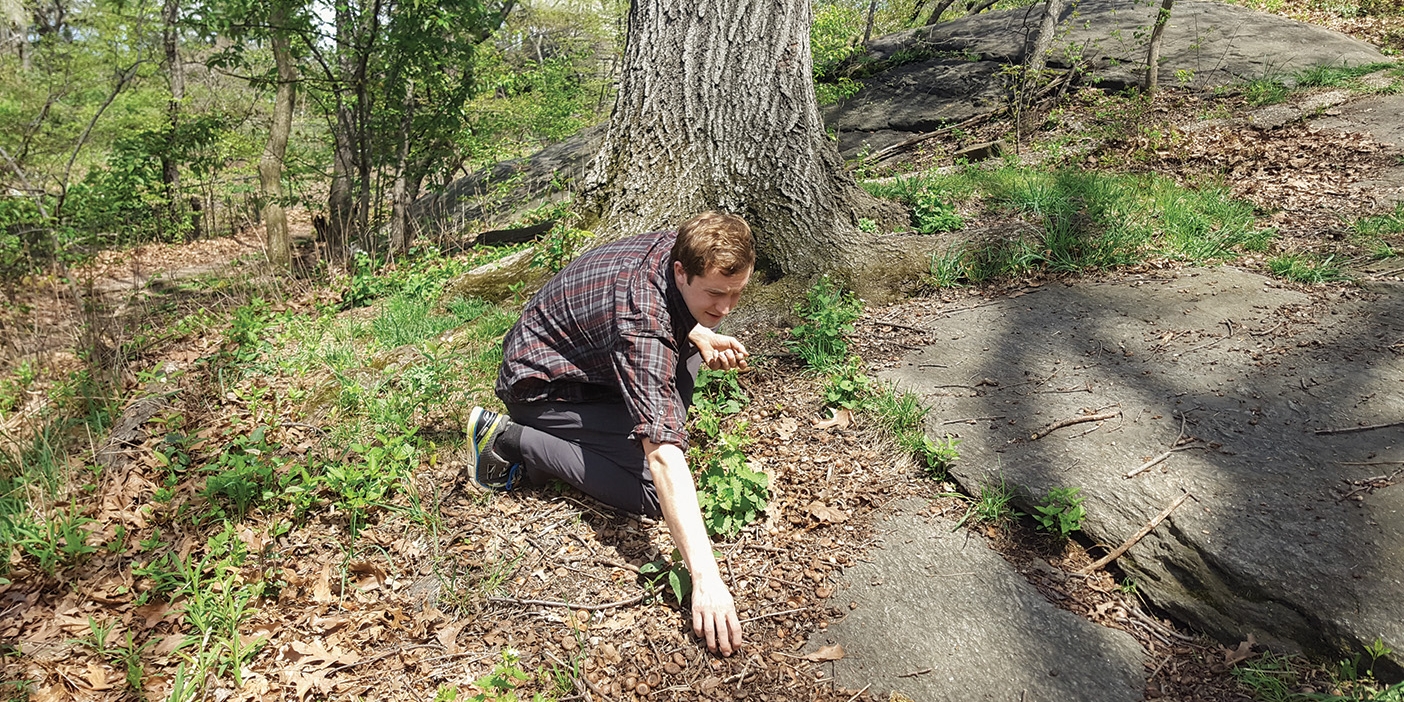Meet BYU-discovered Jimmer the virus and Bigfoot the bug.

Whenever a new species is discovered, the discoverer, like Adam of old, has the privilege of naming the new animal. More than 20 BYU professors have had that honor, naming hundreds of new species and genera including flies and frogs, parasites and phages. Even dinosaurs have been included in the mix.
Here are a few of the best species discovery and naming stories from across campus.
Microscopic Hoopsters
Students in the BYU Phage Hunters class have discovered and named many viruses that can infect and kill dangerous bacteria. Naming typically occurs after isolating the phage—a process that sometimes takes months.
“When they see it, it’s like having a baby—there’s their little phage!” says Sandra Hope, a professor in microbiology and molecular biology.
One student named his phages after players from his favorite BYU basketball squad: Abouo, Davies, Emery, Jimmer1, and Jimmer2. Other names reflect what the phage looks like or how it was found: Fezzik was extra large, Serpentine had a long tail, and Bane1 and Bane2 were very difficult to isolate. Other names include Osiris, Phantastic, Nacho, and Piglet.
“When they see it, it’s like having a baby—there’s their little phage!” —Sandra Hope
Dinosaur Hunters
One of geology associate professor Brooks B. Britt’s (BS ’82, MS ’87) favorite discoveries is the Abydosaurus mcintoshi, a plant-eating sauropod or long-necked dinosaur. Britt and Dan Chure, a paleontologist at Dinosaur National Monument, discovered two complete skulls (head and neck) and two partial skulls near the Green River. The name Abydosaurus was chosen as a reference to the town Abydos where legend says the head and neck of Egyptian god Osiris are buried beside the Nile. Mcintoshi honors Jack McIntosh, a world authority on sauropods.
A Bitty Bigfoot
Bigfoot is real. But it’s actually a stonefly—Sasquaperla hoopa—discovered and named by Richard W. Baumann (BS ’75), a curator at the Monte L. Bean Life Science Museum. The common name is Bigfoot Sallfly, and it is one of the nearly 100 new species and genera named by Baumann. The stonefly lives near Willow Creek, California, one of the most famous Sasquatch-sighting spots. The Latin stem -perla means “pearl” and describes the fly’s pearl-shaped head. Hoopa comes from the Hoopa Indian tribe, which lives in the area.
Flea-Sized Memorial
Museum curator Michael W. Hastriter (BS ’71, MS ’73) has discovered more than 60 new species and several new genera. These primarily include Papua New Guinea fleas, which make up a few hundred of the world’s 2,500-plus flea species. “I am a Vietnam combat veteran,” says Hastriter, “and I named a number of the species after my friends who died on the battlefield.”












